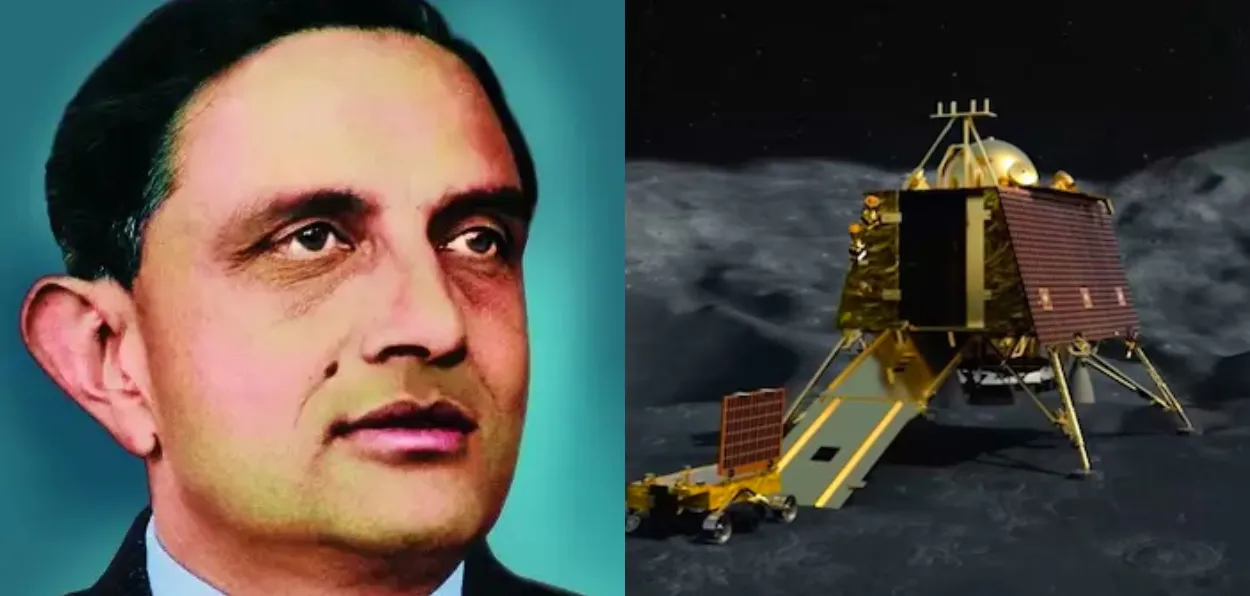
New Delhi
India is today a space power to reckon with, and its credit goes to Dr. Vikram Sarabhai, who envisioned the benefits of this technology in changing the lives of millions of poor Indians at a time when the country was struggling with the pain of partition, food scarcity, and poverty.
Aptly called the "Father of the Indian Space Programme" Sarabhai founded what is today known as ISRO – The Indian Space Research Organization (ISRO), one of the leading global space agencies.
National Space Day
He was behind key projects like the Satellite Instructional Television Experiment (SITE) and the first Indian satellite, Aryabhata. He did the groundwork for India's self-reliance in space by setting up launch sites, initiating satellite fabrication, and fostering collaborations with NASA.
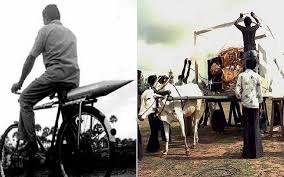 Images of preparations for India's first rocket launch from Thumba
Images of preparations for India's first rocket launch from Thumba
As India celebrated the National Space today on August 23 to commemorate the successful soft landing of the Chandrayaan-3 Mission’s Vikram Lander and the deployment of the Pragyan Rover on the Moon, on August 23, 2023, here are some interesting facts about Vikram Sarabhai’s life:
1. Under Sarabhai’s guidance, India launched its first rocket from the Thumba Equatorial Rocket Launching Station (TERLS) in 1963, using a NASA-supplied Nike Apache sounding rocket. The launch station was founded in a small fishing village picked for its proximity to the Earth’s Magnetic Equator.
The story is famously known for its humble beginnings, with the first rocket transported on a bicycle and the scientists using a church and its buildings for labs and workshops.
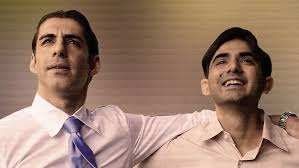 Scene from Rocket Boys (OTT Serial) showing Homi J Bhabha and Vikram Sarabhai
Scene from Rocket Boys (OTT Serial) showing Homi J Bhabha and Vikram Sarabhai
After Russia's Sputnik launch, Sarabhai convinced the Indian government that a domestic space program was crucial for national development, despite its status as a developing country. This led to the formation of the Indian National Committee for Space Research (INCOSPAR) in 1962, which later became ISRO in 1969.
2. Vikram Sarabhai was born on 12 August 1919 in a Jain family in Ahmedabad, Gujarat. His father, Ambalal Sarabhai, was a major industrialist who contributed to the Indian Freedom movement. The family owned pharmaceutical and oil businesses.
3. Dr. Vikram Ambalal Sarabhai established some of India’s best-known institutions, like the Physical Research Laboratory (PRL) at the age of 28, and the Indian Institute of Science, IISc, Bengalurur.
Beyond science
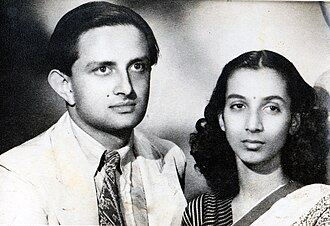 Dr. Vikram Sarabhai and Mrinalini Sarabhai
Dr. Vikram Sarabhai and Mrinalini Sarabhai
4. His interests went beyond science as he established what are today India’s best institutions like, The Indian Institute of Management (IIM), Ahmedabad, The National Institute of Design (NID), Ahmedabad, The Vikram Sarabhai Community Science Centre, Ahmedabad,The Darpan Academy for Performing Arts, Ahmedabad (with his wife, Mrinalini)
Business and industrial ventures
5. Coming from an affluent, progressive industrialist family, Sarabhai also applied his scientific and organizational skills to business ventures. These included: Running family businesses such as the Sarabhai Chemicals and Swastik oil mill, and setting up India’s first market research organisation, Operations Research Group (ORG).
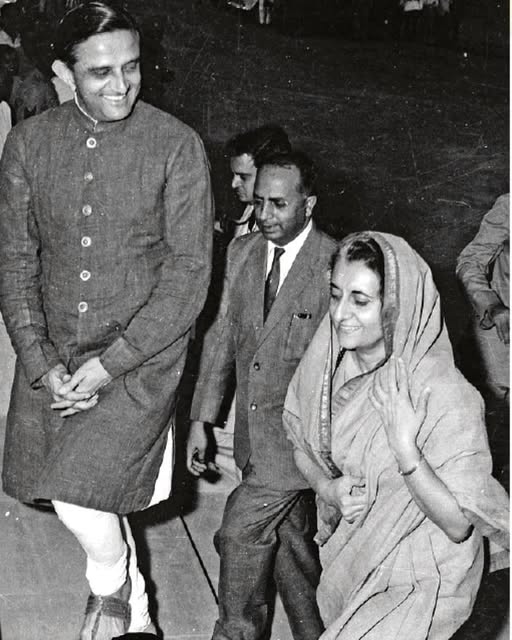
Dr Sarabhai wearing chappals with Indiara Gandhi
6. Dr. Vikram Sarabhai was known for his distinct Indian attire, typically wearing a white kurta-pyjama paired with Kolhapuri chappals. He preferred Indian-style clothing, with his personal assistant recalling that he was often not wearing formal shoes.
7. Vikram Sarabhai, along with Homi J. Bhabha, shared a close personal friendship and professional relationship built on mutual respect and a shared vision for India's scientific advancement. While Bhabha championed the nuclear program, Sarabhai focused on space technology, and their collaboration combined their efforts to establish foundational institutions like the Atomic Energy Commission and ISRO. The two differed in their styles, yet their complementary visions spurred innovation and propelled India's scientific and technological capabilities forward.
8. He mentored young talents like Dr APJ Abdul Kalam, who rose to become India’s Missile Man, and Dr Satish Dhawan, under whose leadership India carried out its nuclear programme.
ALSO READ: Dr. Khadeeja Mumtas quit career to crusade for Muslim women's rights within Islam
9. Dr Vikram Sarabhai passed away at a young age of 52 in 1971, due to a heart attack in a hotel in Thiruvanthapuram, Kerala. His death was under mysterious circumstances as he was too healthy for a cardiac arrest. He left behind a rich scientific legacy for generations to follow. Among his children, Mallika Sarabhai was a well-known dancer and actor, and his son Kartikeya Sarabhai was a scientist and social educator.
